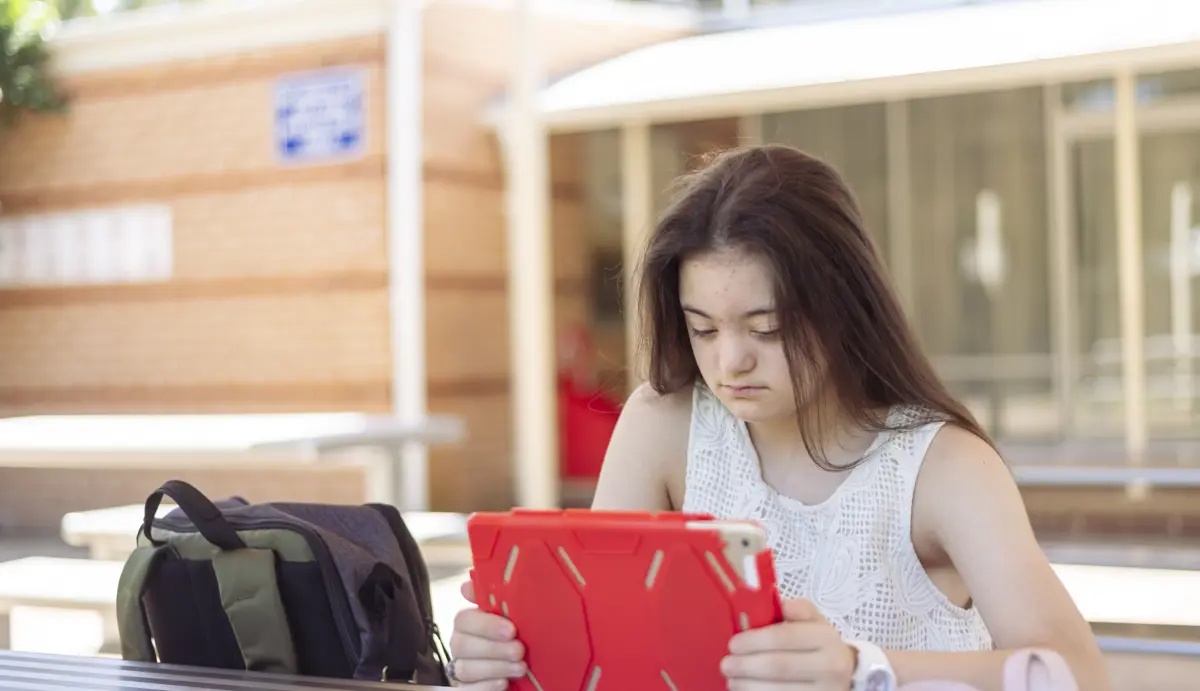Exploring money attitudes and needs and wants




This lesson contains content from a lesson previously titled Money skills lesson one: Recognising your money personality, find out about the updates here.
This lesson features in the financial education scheme of learning for 11-14 year olds. A ready-made sequence of curriculum linked resources to help you build progression in your learners' knowledge over time. Visit the Scheme of learning homepage to support with your planning.
The Exploring money attitudes and needs and wants lesson focuses on identifying and discussing money habits with your students, allowing them to start thinking about their current attitudes towards money, why they are important and how they can be improved. Students can also use interactive tools to reflect on their money habits and differentiate between needs and wants.
Resources
- Exploring money attitudes and needs and wants: Lesson plan - for use with a group of students in the classroom.
- Exploring money attitudes and needs and wants: Presentation slides - to display to students and use alongside the lesson plan.
- Money Personality Quiz: Interactive tool - to use as part of one of the lesson activities (Internet access required).
- Needs and Wants: Interactive tool - to use as part of one of the lesson activities (Internet access required).
Lesson learning outcomes
By the end of the lesson, students will:
- Have reflected on their own attitude to money and spending compared to others.
- Be able to prioritise needs and wants in different scenarios.
They also develop students' core transferable skills such as problem solving and communication.
These resources align to the Young Money Financial Education Planning Framework and have been awarded the Young Money Quality Mark.
Why not include financial capability as a focus in your students’ wider curriculum? Refer to our Content guide to find out how LifeSkills resources can be used in PSHE or Maths lessons.
If you want to increase your own confidence to teach young people about money, Young Money provide free e-learning training to teachers across Primary and Secondary education. In addition, National Numeracy has a free website which helps you practise and refresh your everyday maths skills.
A free account gives you access to all educator content, tools and resources
Already have an account?
Log inGet started
Thank you for liking
Help us to continue creating relevant content for you by leaving some additional feedback.



